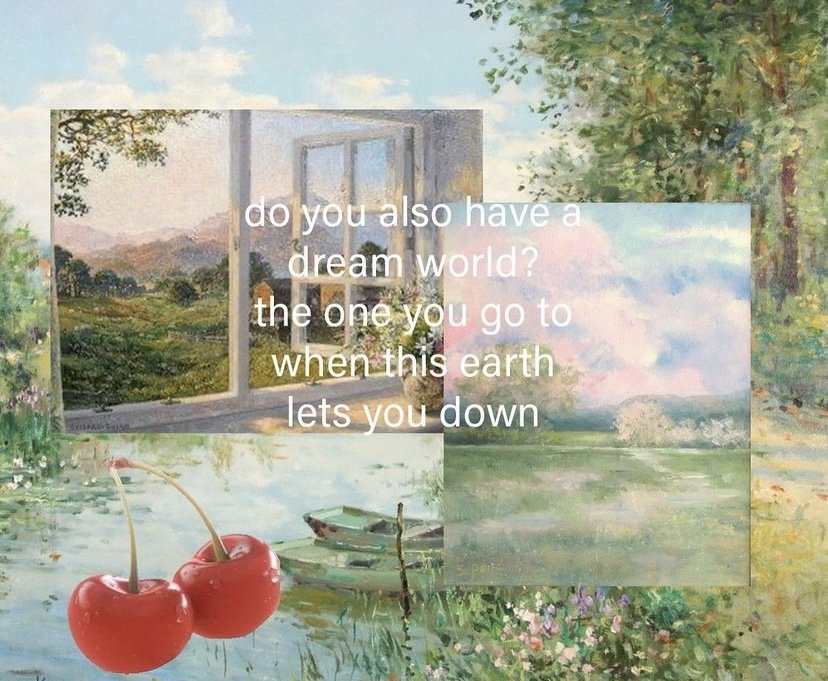DreamLab : An Art Therapy Experience Rooted in Dreams and Inner Landscapes, Inspired by Marin Majić’s roundabout as part of CICA’s Art & Mindfulness series
The Art and Mindfulness Experience Series at CICA Vancouver is designed to explore the profound connection between artistic expression and mindfulness. Rooted in the belief that art is a powerful medium for healing and self-discovery, this series invites participants to engage in reflective and grounding practices through creative expression.
Art, in its many forms, offers a pathway to mindfulness by encouraging presence, introspection, and emotional release. Whether through painting, sculpture, movement, or sound, the act of creating becomes a meditative process that fosters deep awareness and healing. Our series harnesses this transformative power of art to create accessible spaces for mindfulness that center BIPOC, women, and queer communities.
Facilitated by artists and mindfulness practitioners from these communities, each experience is designed to hold space for collective healing and cultural storytelling. This platform not only nurtures personal well-being but also elevates the work of marginalized practitioners, providing them with visibility and opportunities within Vancouver’s art and wellness landscapes.
Event Details:
Save the date: Saturday, June 14, 3–5 PM
CICA Vancouver | Facilitated by our RTC and Art Therapist, Coco Huang
Only 20 spots available
Join us for DreamLab, the first workshop in CICA’s new programming series, Art and Mindfulness—a series designed to explore the profound connection between artistic expression and mindfulness. Rooted in the belief that art is a powerful medium for healing and self-discovery, these experiences invite participants to engage in reflective and grounding practices through creative expression.
Led by Coco Huang a Registered Therapeutic Counsellor and Art Therapist at Decipher Counselling this immersive 2-hour session includes dream journaling, grounding exercises, and sensory art-making. The experience begins with a walk-through of roundabout by Marin Majić, setting the tone for exploring subconscious landscapes and inner symbols through art.
Together, we’ll breathe, create, and co-regulate in a supportive space centered on healing, curiosity, and community. No prior art experience needed. All materials provided.


![DreamLab : An Art Therapy Experience [CICA x Decipher] SOLD OUT](https://images.squarespace-cdn.com/content/v1/5ae7f1bb266c07f90cfec5be/1747897613136-J8K1WA19NILXNDNI7LP8/Decipher+Postcard+%282%29.png)




